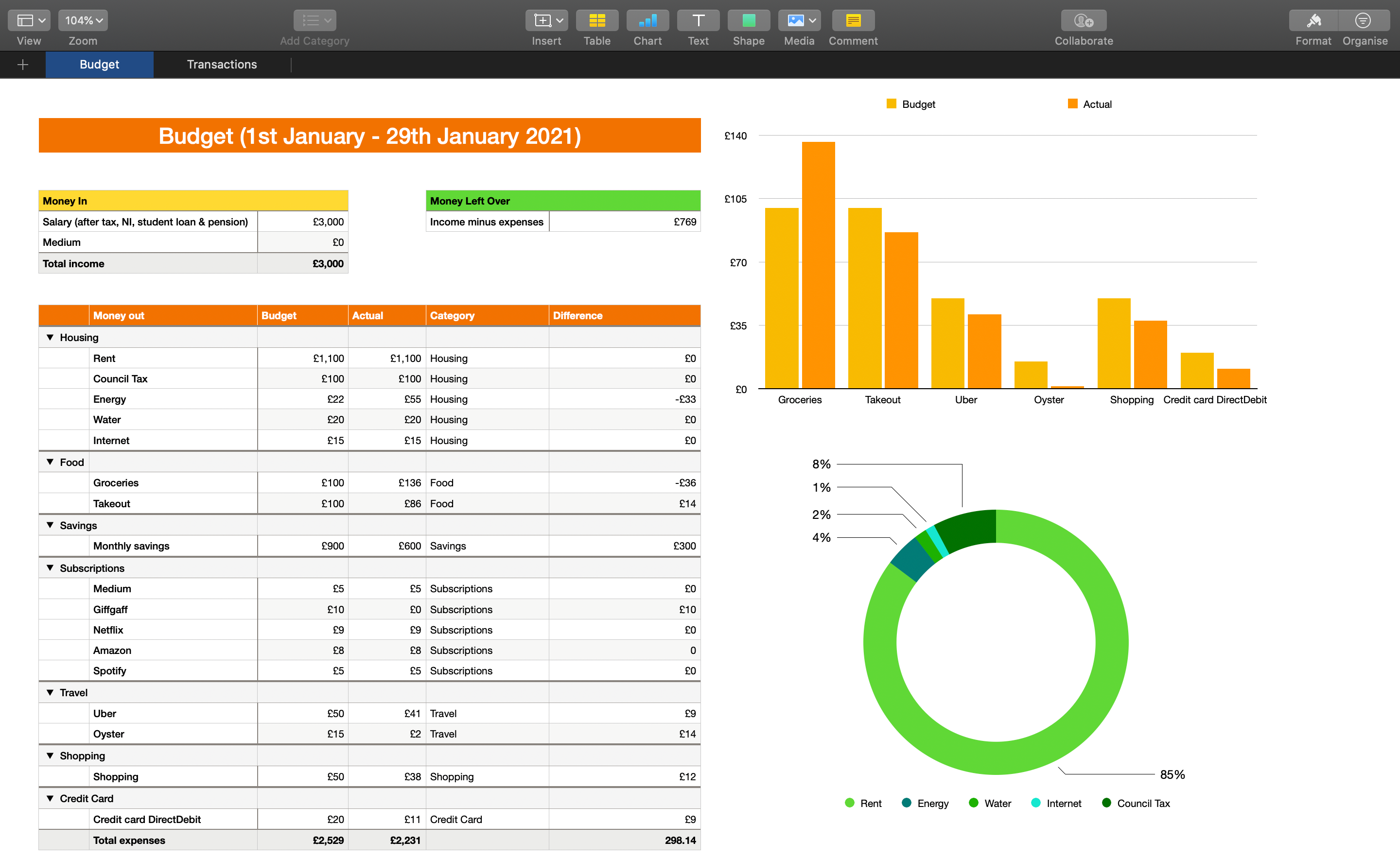- Oppression (inuitive Feeling) Mac Os X
- Oppression (inuitive Feeling) Mac Os Catalina
- Oppression (inuitive Feeling) Mac Os 11
- Oppression (inuitive Feeling) Mac Os Download
MacinTalk is Apple's text-to-speech, or speech synthesizer, extension that allows Mac documents to 'talk' their text using a range of computerized voices. MacinTalk (v1.0.2) was relased on April 15, 1985 and works on Mac OS 1.x to. The Apple Music App has an okay (i.e., usable) equalizer with plenty of presets for the average user. It can help compensate for the small speakers on your MacBook Air or MacBook Pro or fine-tune the bass and treble in your headphones to your personal tastes.
BIOGRAPHY

Alex Thode would first and foremost like you to know that not only is the 'e' at the end of his last name not silent, but that he is also a composer and arranger most known for his work in the pageantry arts. He resides in Waukesha, Wisconsin with his phat orange kitty named Buzz. Alex is most known for his arrangements for marching bands across the continental United States. His intuitive sense of musical color, emotion, pacing and direction helps to derive maximum general effect in his marching band arrangements. He aims to steer clear of literal, verbatim transcriptions of source material for his marching band arrangements, instead injecting his own unique compositional voice and arranging style, while still maintaining accessibility and recognizability for audiences and judges.
Alex's clientele includes numerous class champions and runners-up, semi-finalists, finalists and grand champions at the local and state level. His clients have also been Bands of America (BOA) Regional Finalists and Class Medalists, WGI Winds Champions, as well as regular participants at BOA Grand Nationals. He has also had the privilege of having his arrangements performed in the 2016 Macy's Thanksgiving Day Parade and the 2020 Tournament of Roses Bandfest.
Along with his compositions and arrangements for the pageantry arts, Alex also has been commissioned to write middle school and high school concert band works, and enjoys composing chamber percussion music. He most recently had work of his premiered at the 2019 Western International Band Clinic.
In his free time, Alex enjoys watching movies and believing he's a professional film critic, hiking and pretending that he's skinny, writing even more music, playing piano and guitar, being with good company and lovingly annoying his cat.
The scroll wheel came late to Macs. In fact, although every version of Mac OS X includes support for a scroll wheel, no Apple mouse has ever had a scroll wheel. The closest they ever came was the scroll ball in the Apple Mighty Human roller mac os. Mouse.
Until Apple introduced the original iMac in 1998, Macs used ADB to connect a mouse and keyboard to the computer, and to the best of my knowledge nobody ever made an ADB mouse with a scroll wheel. However, PCs had them starting in 1995 with the Genius EasyScroll Mouse, also marketed by Mouse Systems (right). The scroll wheel became popular when the Microsoft IntelliMouse shipped in 1996. (This was also one of the first optical mice.)
From the start, every scroll wheel worked the same way. If you rolled it toward you, whatever was in the window would scroll up. If you rolled the scroll wheel away from you, the contents of the window would scroll down.
When Macs got USB ports, Mac users suddenly had a lot of choices in multi-button mice, with and without scroll wheels. Without third-party drivers, the scroll wheel wouldn't function, since the Classic Mac OS only supported a single mouse button natively – and nothing beyond that.
Oppression (inuitive Feeling) Mac Os X
Some Logitech and Microsoft keyboards had scroll wheels, which could be a real convenience.
Turnabout Is Not Fair Play
Prior to the release of OS X 10.7 Lion in 2011, Apple decided that this was unnatural behavior – and that 'natural' scroll wheel behavior would be the opposite of what it had been throughout the computer industry for over 15 years. After all, this is the was scrolling works on your iPhone, iPad, or Android device.
To add insult to injury for those who object to the change, Apple would call this backwards behavior Natural Scrolling. There is no scroll wheel on the iPhone or iPad, and to treat the action of a scroll wheel like the action of your finger or stylus on the screen is not intuitive.
It would be the same as Apple deciding to give us natural mousing so that moving the mouse to the right would make the screen move left and moving the mouse away from the user would scroll down. Mouse direction was established with the Apple Lisa in 1983, if not prior to that with the Xerox Star. Scroll wheel action was established in 1995, and Apple has no right to reverse standard scroll wheel behavior by default.
Return to Normal Scrolling
At least Apple gave us the option of turning off the so-called natural scrolling. Open System Preferences, and then double-click Mouse. Click on the checkbox to change scroll direction from what Apple thinks is natural to what the rest of us know is normal.
Oppression (inuitive Feeling) Mac Os Catalina
Whether you're using OS X 10.7 Lion, 10.8 Mountain Lion, 10.9 Mavericks, 10.10 Yosemite, 10.11 El Capitan, or the forthcoming macOS Sierra, that's all you need to do to make your scroll wheel function as it does on every Windows computer, every Linux computer, and every Mac running OS X 10.6 Snow Leopard or earlier.
Oppression (inuitive Feeling) Mac Os 11
Keywords: #naturalscrolling #backwardscrolling #scrollwheel
Short link: http://goo.gl/x6zNfe
Oppression (inuitive Feeling) Mac Os Download
searchword: naturalscrolling
